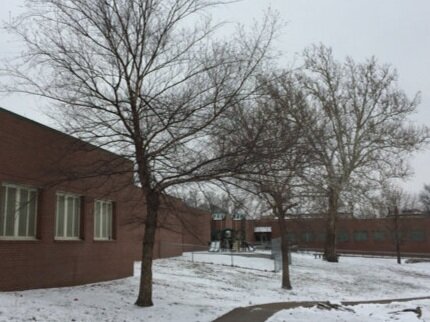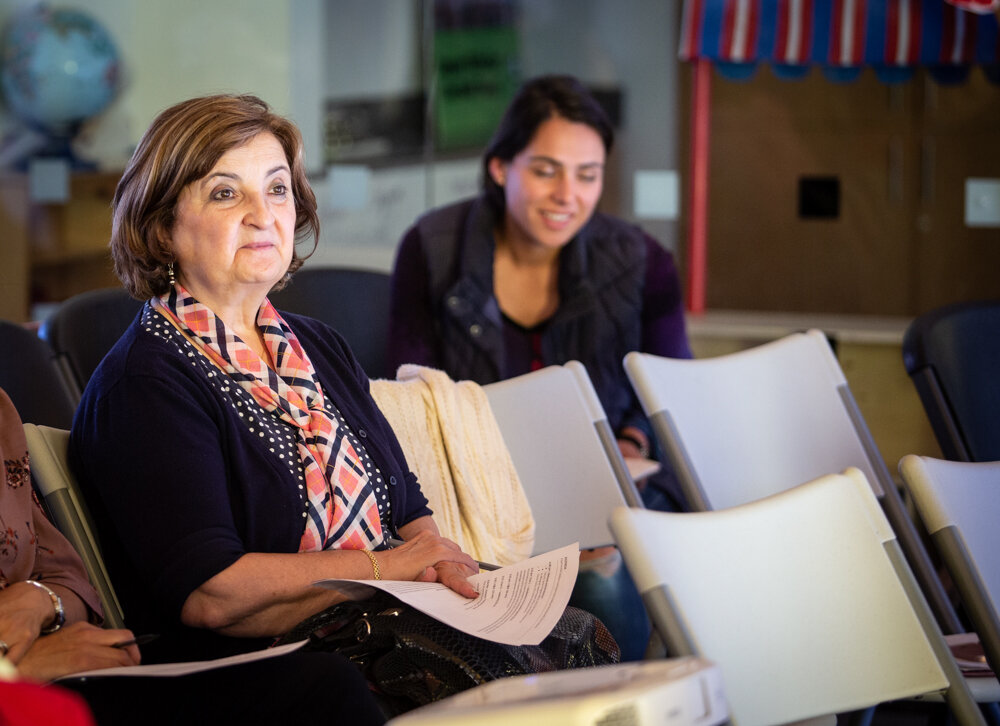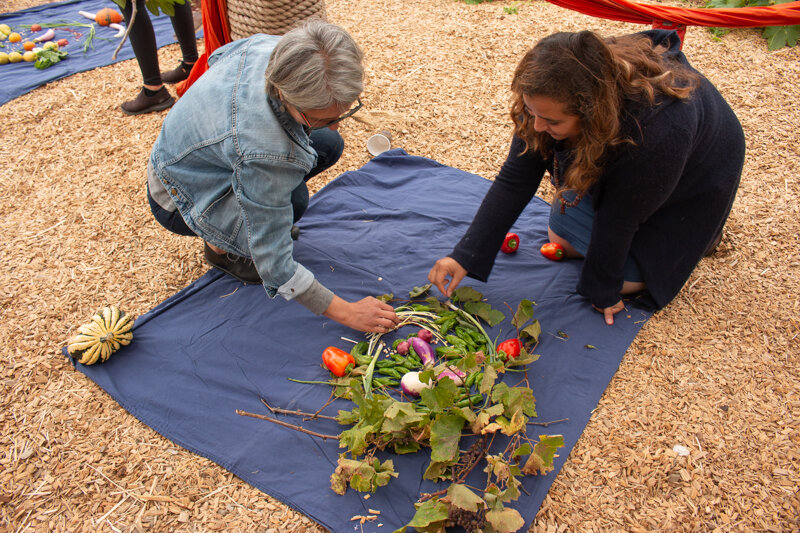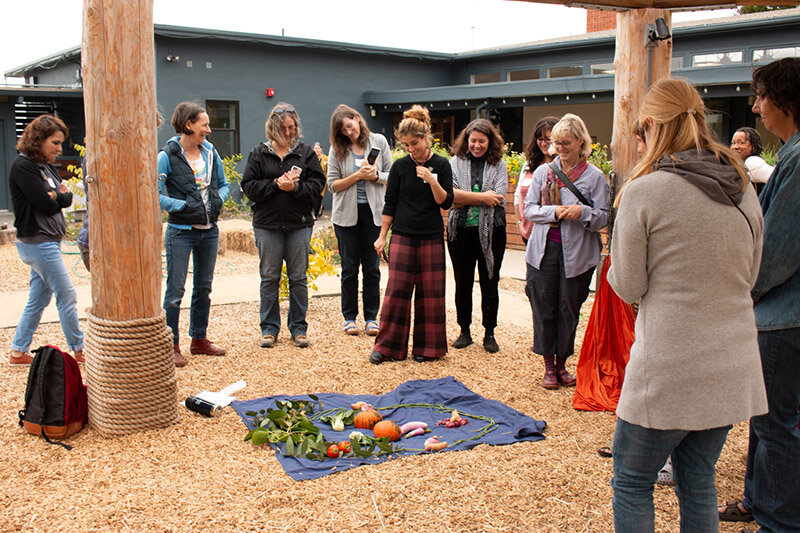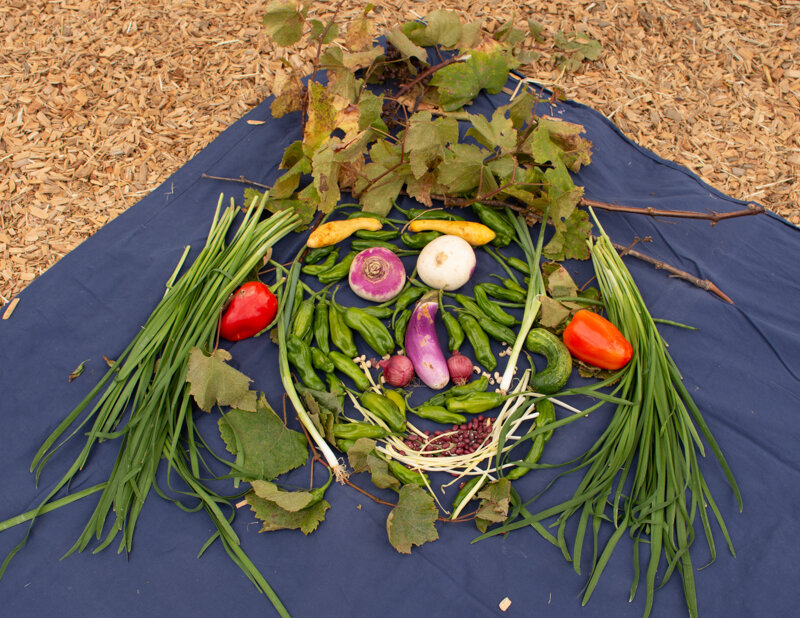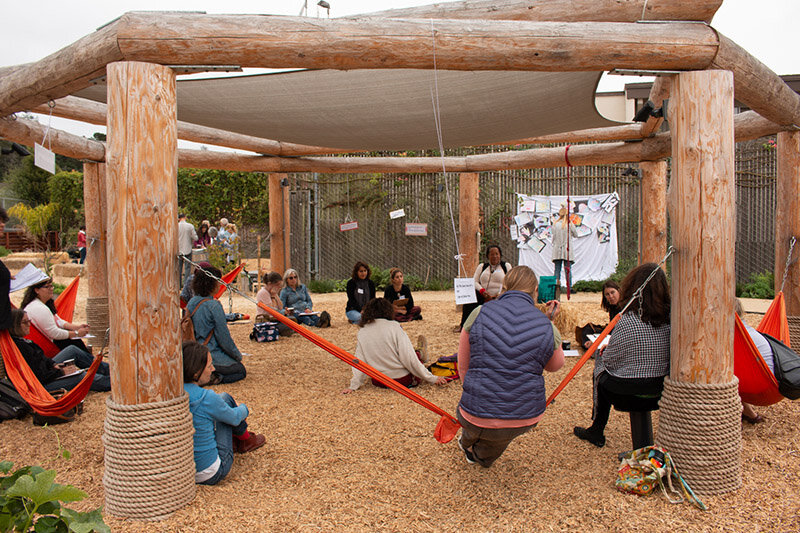Introducing an Initiative to Plant Forests in California Schoolyards
/Green Schoolyards America and Ten Strands announced today the launch of the California Schoolyard Forest System℠, a statewide initiative in partnership with the California Department of Forestry and Fire Protection (CAL FIRE) and the California Department of Education. The initiative will increase tree canopy on public school grounds across California to shade and protect PreK-12 students from extreme heat and rising temperatures due to climate change.
The goals of the California Schoolyard Forest System℠ are to:
Plant enough trees by 2030 that, when mature, will cover at least 30 percent of each school property in areas used by children and youth during the school day.
Center equity by prioritizing schools and districts in under-served communities with the highest poverty level, fewest trees, and hottest climates.
Use school grounds as a learning laboratory in PreK-12 curricula.
Build environmental and climate literacy by engaging students in standards-based hands-on research, design, planting, and stewardship of their schoolyard forests.
Schoolyard forests like this one provide shade that protects PK-12 students from extreme heat and rising temperatures—and they are healthy places to learn and play outdoors.
In California, more than 10,000 public schools serve 5.9 million PreK-12 students on 130,000 acres of public land. Most of that land is paved and lacks tree canopy in places where children spend their time, leaving millions of students regularly exposed to unhealthy, high temperatures. The lack of tree canopy in schools is an important environmental justice problem and is becoming an alarming crisis as temperatures continue to rise due to climate change. Communities of color and lower income communities have significantly fewer trees and disproportionately suffer the impacts of the climate crisis.
The first phase of this new initiative is funded through a $1.5 million dollar grant from CAL FIRE and private philanthropy. More investment and partnerships will be needed to ensure large-scale adoption and implementation throughout the state.
We are excited to begin this multi-year journey with our partners, supporters, and colleagues to bring the health, educational, and environmental benefits of schoolyard forests to every school across the state.
In gratitude,
Green Schoolyards America




























